Do Bird Baths Attract Other Animals? How To Deter Pests
Keeping a bird bath in pristine condition is only half the battle for bird lovers. Does your bird bath attract other animals you’d rather it didn’t? We show you how to keep bird baths for the birds.
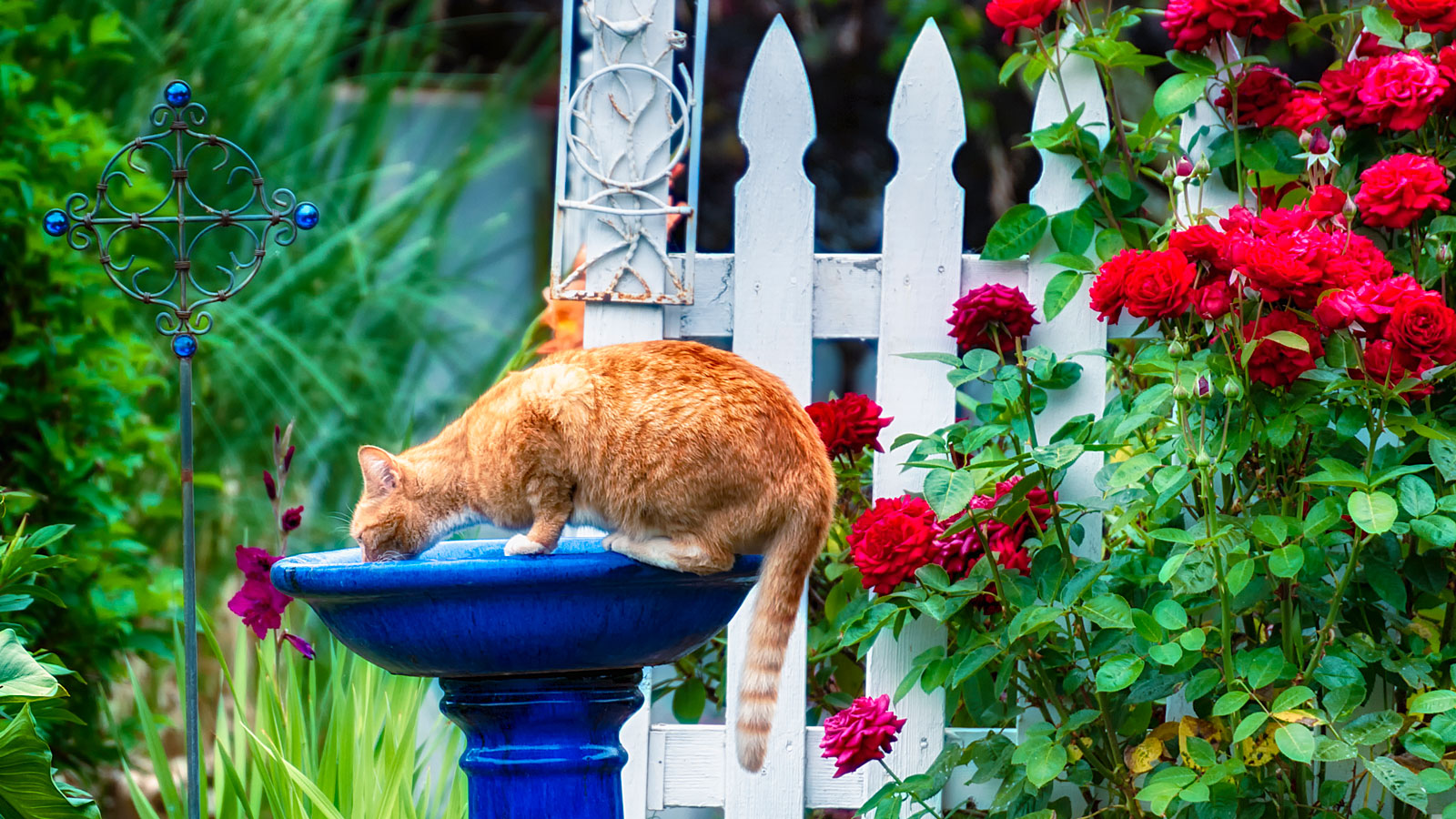

You know you have a bit of a problem when you are asking yourself, "Do bird baths attract other animals?" Ideally, the only creatures that should be enjoying your bird baths are your feathered friends. If you’ve started spotting a few more four-legged animals and garden pests dipping into the action lately, it’s time to intervene.
That said, it can be hard to know how to keep this precious water supply the sole preserve of birds. After all, you don’t want to be cruel – you just want to make sure the water is going where it should be going! For anyone looking to enhance a bird garden, bird baths are essential resources. This is true at any time of year, but they are especially important for birds during the winter months, when other supplies might be scarce. Here, we explain how you can discourage other animals and pests from muscling in.
Keep Other Animals Away From Bird Baths
Bird baths can be an open invitation to squirrels, pets, raccoons, and basically any other animal that can reach the bird bath. To discourage wild animals and garden pests from seeking water in the birdbath, you basically need to make the landscape less hospitable to them. These are the best ways to adjust conditions that may be attracting unwanted animals:
- Place bird baths where animals cannot reach them easily. Do this by elevating the bird baths or by hiding them behind other structures or shrubs.
- Tailored fencing appropriate to the pest can discourage unwanted visitors. If deer are entering the yard, the best exclusion is an 8ft (2.4m) fence. Consider erecting an electric fence around the birdbath area to deter persistent visitors.
- If you’re wondering how to keep raccoons out of bird baths, check to see if any food sources might also be enticing them. Look for any pet food that’s been left out, as well as unsecured trash cans. Remove leftover pet food and make sure trash cans have a tight-fitting lid. If the lid is loose, secure it with a bungee cord.
- You may have problems with bird seeds attracting raccoons, opossums and bears. Sweep up leftovers each evening or switch to one kind of food to prevent the birds from kicking out what they don’t like. You can also buy feeder hoops that attach to the bird feeder and catch falling food. If the seed is stored outside, make sure it’s in a secure container such as a metal trash can.
- Repellents may be useful, but they must be reapplied after rain or snow. Be certain the repellent is clearly aimed at the pest you want to exclude.
- If squirrels are living in nearby trees, they may be visiting your bird bath for water. Tips on how to keep squirrels out of bird baths include attaching a wide band of sheet metal around the tree to prevent them scrambling up the tree. You can also attach squirrel baffles or other deterrents to bird feeders.
- Remove potential habitats for pests, such as brush, rocks or weeds near the house.
Prevent Animals Knocking Over Bird Baths
Large animals that jump onto a birdbath can knock it over. To discourage wild animals from jumping into the birdbath, you should first of all make the landscape less hospitable to them by following a few of the suggestions listed above.
Then, in order to make the bath less likely to fall over, consider using a heavy bird bath planter such as one made from concrete. Metal, glass, or plastic bird baths will fall over far more easily.
Keep Mosquitoes Out of Bird Baths
You can keep mosquitoes out of bird baths by changing the water every couple of days and cleaning the bowl. If there are mosquito larvae in the water, you will see them wiggling around. Another option is to install an agitator in the bird bath. It keeps the water moving, and mosquitoes won’t lay eggs in moving water. They search for stagnant water.
Alternatively, you can add a larvicide treatment that contains the bacterium Bacillus thuringiensis israelensis (Bti). This acts as a stomach poison to mosquitoes and takes about three days to do the job. The product is donut-shaped or pelleted, and will kill mosquito larvae but does not harm birds or predatory insects.
Gardening tips, videos, info and more delivered right to your inbox!
Sign up for the Gardening Know How newsletter today and receive a free copy of our e-book "How to Grow Delicious Tomatoes".
Another larvicide is methoprene, an insect growth regulator (IGR). This also takes a few days to work, but affects most insect pests at the juvenile stage. Both products remain active for about a month. Make sure you read and follow all pesticide directions carefully.
Encourage Natural Predators To Help
Natural predators such as bats, dragonflies and many birds eat mosquitoes. Setting up a bat house or two may invite bats to take up residence, and they are voracious mosquito eaters. Just be aware that bats like to live in attics, too.
Birds such as purple martins, swallows, nighthawks, chickadees and titmice all consume mosquitoes. Purple martins, in particular, are renowned for their mosquito consumption. Install a multi-compartment purple martin house high on a pole, at least 30ft (9m) away from structures or trees.
Dragonflies are attracted to water features at least 2ft deep (0.6m) and filled with plants in a sunny location. Avoid fish, which eat the dragonfly nymphs. If you don’t have room for a water feature, dragonflies hang around gardens with lots of insects for them to eat. A well-balanced garden with a variety of plants, including pollinator favorites, will bring a smorgasbord of insects. Try purple coneflower, rudbeckia, meadow sage and butterfly bush.

After graduating from Oklahoma State University with a degree in English, Susan pursued a career in communications. In addition, she wrote garden articles for magazines and authored a newspaper gardening column for many years. She contributed South-Central regional gardening columns for four years to Lowes.com. While living in Oklahoma, she served as a master gardener for 17 years.
-
 Grow ‘Karl Rosenfield’ Peony Plants For The Ultimate Frilly Border Beauties And Cut Flowers
Grow ‘Karl Rosenfield’ Peony Plants For The Ultimate Frilly Border Beauties And Cut FlowersFor frilly double magenta peony petals infused with a heady fragrance, grow ‘Karl Rosenfield’ peony plants. Here’s how to cultivate the ultimate plushy blooms
By Tonya Barnett
-
 10 Common Composting Problems That Can Spoil Your Garden Gold – Plus Easy Fixes
10 Common Composting Problems That Can Spoil Your Garden Gold – Plus Easy FixesLearn how to troubleshoot common composting issues before they ruin your stash – from bad smells and bugs to materials not breaking down as they should.
By Susan Albert
-
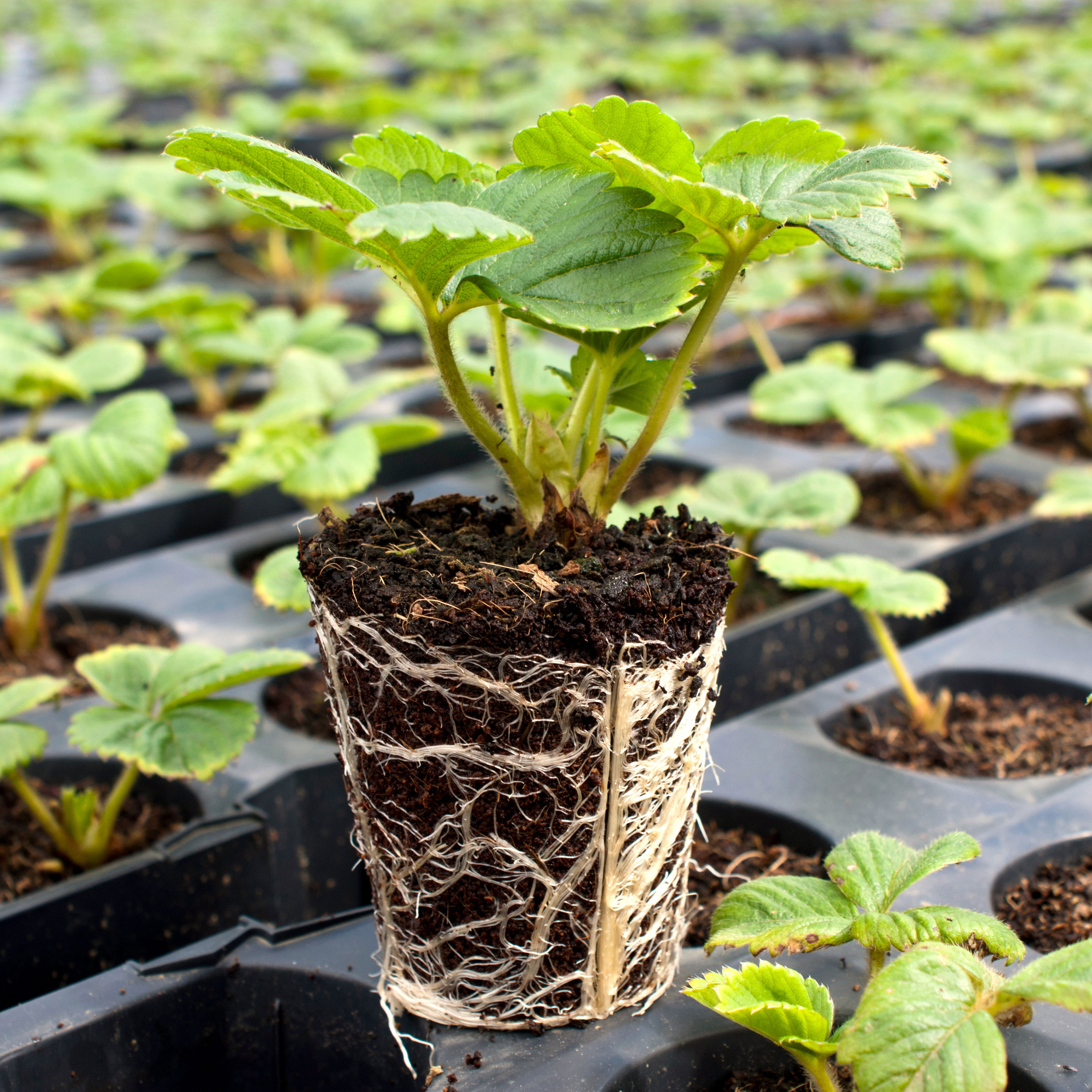 Why Choose Plugs For Plants? 3 Benefits Of Using Plug Plants For Beds, Baskets And Edibles
Why Choose Plugs For Plants? 3 Benefits Of Using Plug Plants For Beds, Baskets And EdiblesEver thought of growing plugs for plants and wondered whether it was worth it? We reveal the key reasons why they can help you with your growing ambitions this year
By Tonya Barnett
-
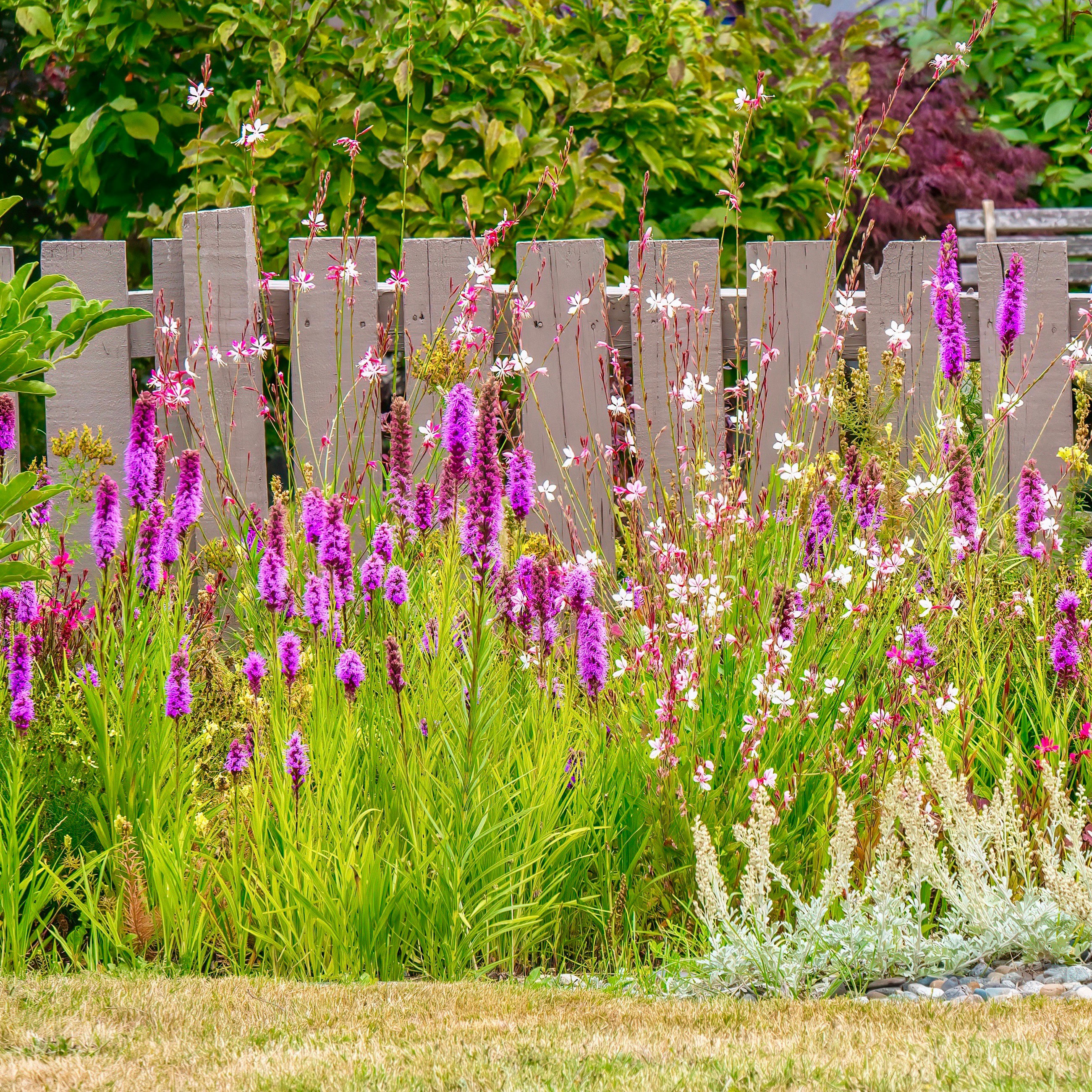 Easy Fence Landscaping Ideas: 6 Ways To Perk Up Your Property Line With Lush Landscaping
Easy Fence Landscaping Ideas: 6 Ways To Perk Up Your Property Line With Lush LandscapingIf you want to brighten up a garden fence, these ideas will provide visual interest and support. Try these easy fence landscaping Ideas for a pretty and private yard
By Teo Spengler
-
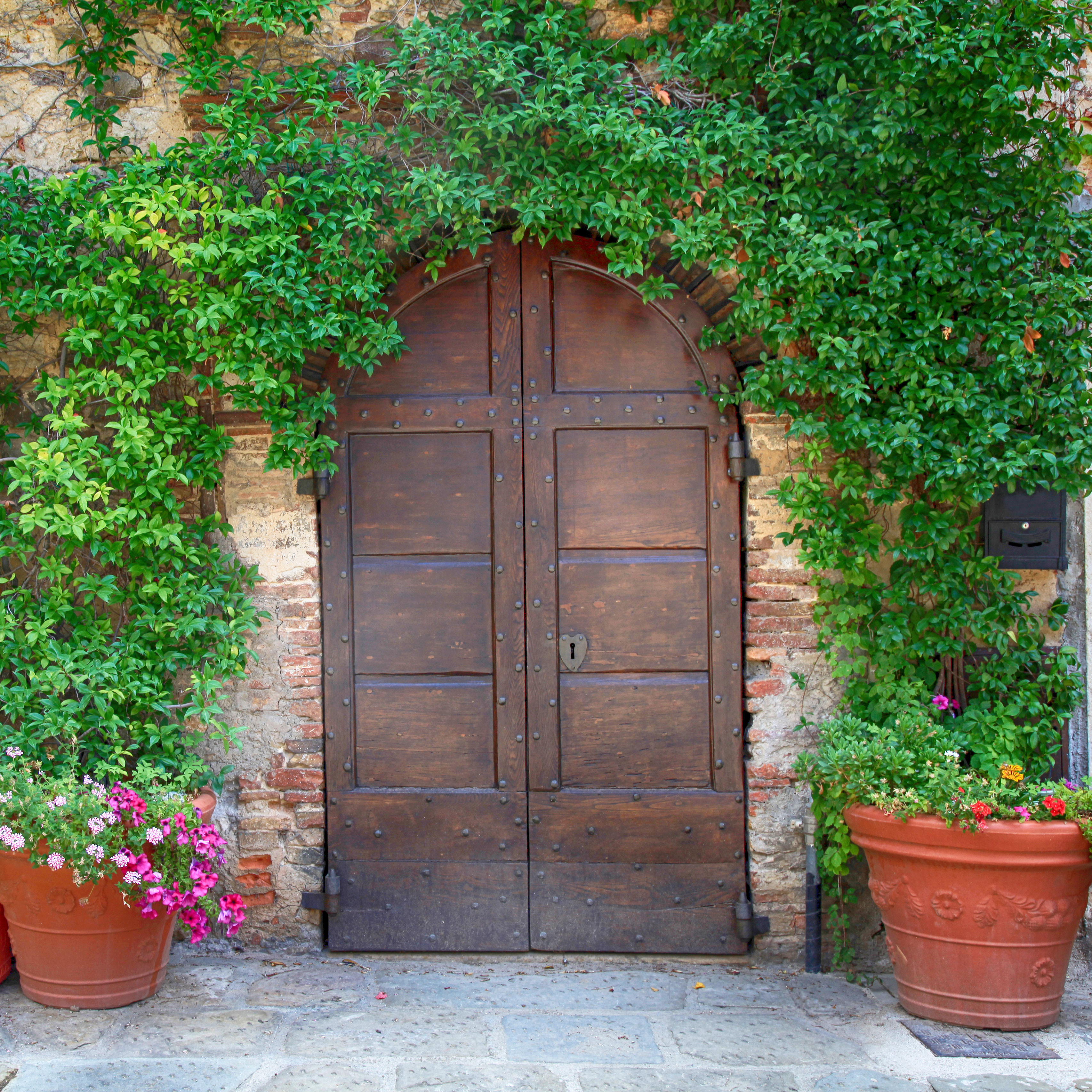 Hardscaping Ideas To Make A Garden Look Old: 5 Ways To Make Your Yard Look Centuries Older
Hardscaping Ideas To Make A Garden Look Old: 5 Ways To Make Your Yard Look Centuries OlderThere are a few ways to make a garden look lived in, but some planting ideas can take time – here, we round up key hardscaping ideas to make a garden look old
By Mary Ellen Ellis
-
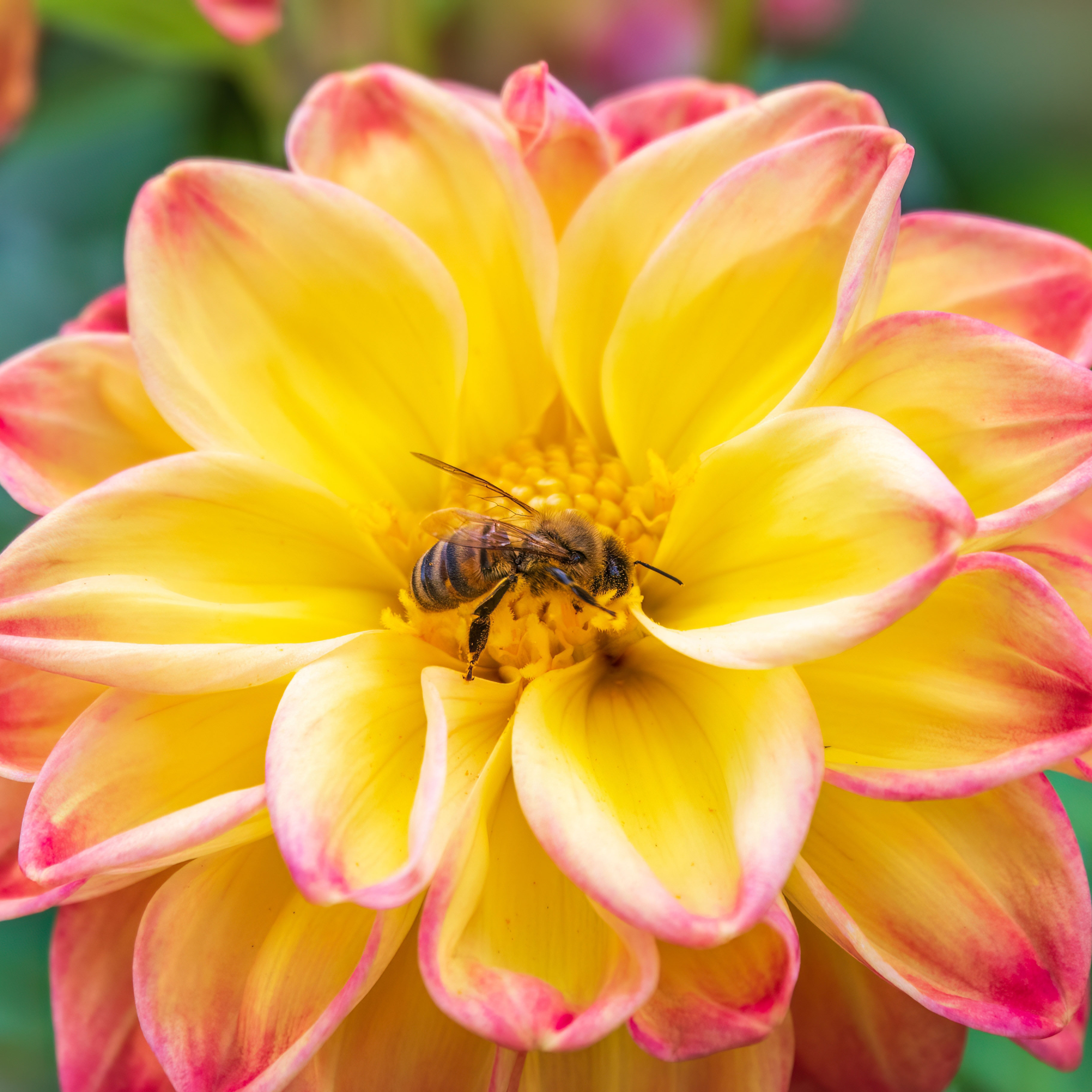 Attract More Pollinators: 8 Best Nectar-Producing Plants For Honey Bees And Other Pollinators
Attract More Pollinators: 8 Best Nectar-Producing Plants For Honey Bees And Other PollinatorsWant to know the core plants you can grow to add beauty while helping beneficial garden friends? Discover the best nectar-producing plants for honey bees and other pollinators
By Tonya Barnett
-
 Plants To Propagate In Winter: 6 Of The Best Options For Cultivating Winter Cuttings
Plants To Propagate In Winter: 6 Of The Best Options For Cultivating Winter CuttingsWe usually associate propagation with spring, but there are a few plants you can grow from cuttings in cold months. We round up the best plants to propagate in winter
By Mary Ellen Ellis
-
 Make This Your Year In The Garden: New Year Resolution Ideas To Enhance Your Gardening
Make This Your Year In The Garden: New Year Resolution Ideas To Enhance Your GardeningGet a jump on your gardening projects now so you can reap the rewards year round! Crack open your planner, grab a hot drink, and peruse these key New Year resolution ideas
By Janey Goulding
-
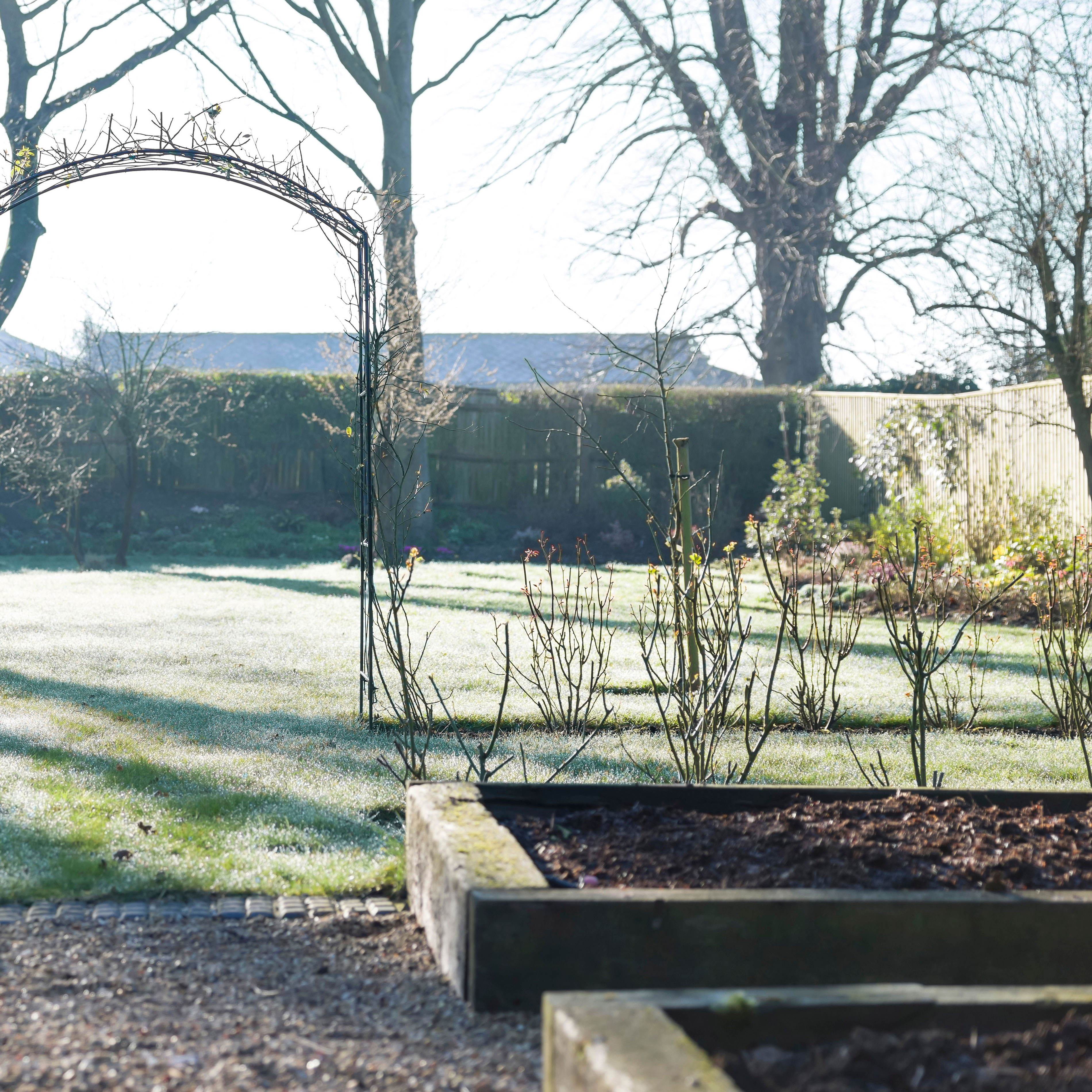 Winterizing Raised Beds: How To Protect Your Raised Bed Gardens In Winter
Winterizing Raised Beds: How To Protect Your Raised Bed Gardens In WinterKeeping raised beds protected in winter will ensure that you can hit the ground running in spring. Our guide to winterizing raised beds will help you get ready
By Mary Ellen Ellis
-
 Get Gardening For Better Sleep: Why Gardens And Plants Can Give You Happier Bedtimes
Get Gardening For Better Sleep: Why Gardens And Plants Can Give You Happier BedtimesWe all know gardening is intrinsically linked to a ‘feel good’ factor – have you ever wondered why it helps with rest? Here’s the thinking behind gardening for better sleep…
By Mary Ellen Ellis